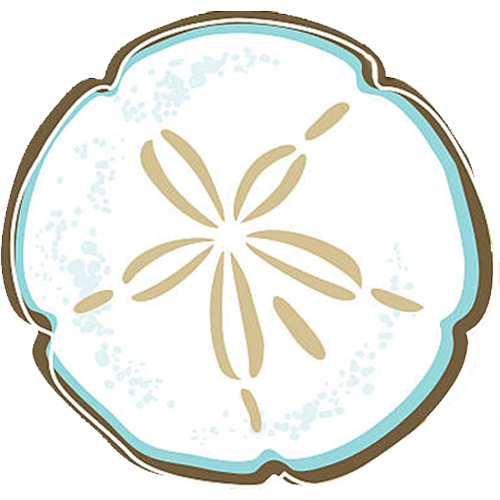Beware of "Real Authentic" Puka Shell Necklaces
Are you ready for Summer? Already got your Beach attire picked out
for those Luau Parties? Planning a trip to Hawaii? Got Puka Shells?
Well summer is coming fast and Puka Shell Necklaces are quite the rage once again. But beware for not all Puka Shells are created equal. Prices vary greatly as does the quality and types.
But what are Puka Shells and where do they come from? It seems to me the best place to find Puka Shells are on the White Sandy Beaches of the Philippines. The first time I took a stroll on a beautiful white sandy tropical beach, I thought I could just walk barefoot like on the beaches of Southern California; places like Redondo Beach, Hermosa Beach, and Manhattan Beach, where, the sand is smooth and soft. However, the sand at Bohol, the beach I first ventured on in the Philippines, had so many shells in the sand, that I had to wear my sandals because the shells were so painful to step on. I was just amazed that there could be so many shells!
In fact the Philippines is probably the largest supplier of shells in the world. Large Philippine companies like Jumbo Pacific and Bedido export shells in bulk all around the globe. In fact, Cebu City is known as the Shell Capital of the Philippines. Why, there is even a beach in the Philippines called Puka Beach. So it is no wonder that Shells are King in the Philippines!
But what types of Puka Shells are there? Well there are at least three main types. The real Puka Shells that are cupped and come from cone shells, jagged cut puka shells called Puka Chips, and smooth round cut puka shells called Heishe.
Technically, the real authentic puka shells are the first type. These are the ones that come from cone shells that have been tossed and tumbled in the surf and sand over time until all that remains is the cupped top. The hole at the top (called Puka) is also naturally worn through, and is perfect for stringing into a necklace. The color varies from white to light shades of beige and tan. The white one is very popular, and is said to be most worn by the local surfers in Hawaii.
A second type is known as Puka Shell Chips. The most popular color is white, but they are also available in brown, mixed brown, dark brown (almost black), gray, pink, and now even pastel and rainbow colors thanks to the magic of coloring dyes. Theses chips are made by hammering lager shells into jagged or square shapes and then punching a hole for stringing.
A third type is called Heishe, which are shells that are cut and ground into smooth round flat shapes. Then a hole is punched, and the shells are strung and polished on the edges with a leather belt. They come in all colors, including white, beige, tan, violet, brownlip, graylip, pinklip, blacklip, and countless other varieties.
The labor to create the chips and heishe is all done by hand and is very labor intense and dangerous to the artisan’s fingers. This is why the Philippines has an advantage to produce these shells, since labor is very cheap in this third world country.
So there you have a brief overview on Puka Shell Necklace types, and now you can better shop for the style and quality you prefer. By being better informed with this insight you can be sure of what you are getting, and enjoy the experiencing of that tropical feeling. Have a happy beach party!
